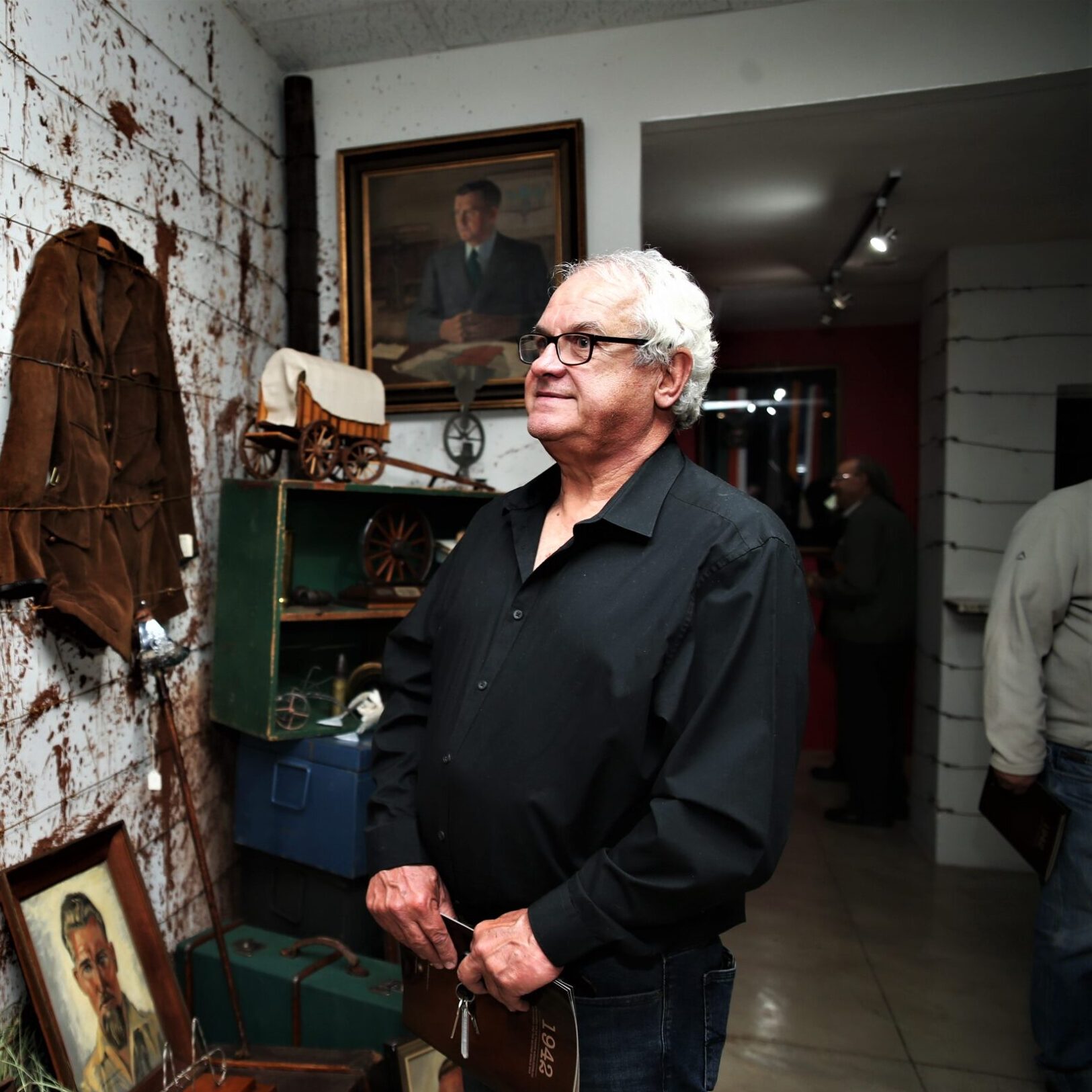
Even today, the mere mention of the name Ossewabrandwag (OB) provokes differing opinions. There are quite a few misperceptions about the movement that usually stem from ignorance or prejudice. The OB was compared to the European fascist movements of the 1930s and 1940s and accused of Nazism. It has also been described as an underground terrorist movement. Even the roots of apartheid were sought in the movement.
It is largely forgotten that the OB in the early 1940s, at the height of its popularity, probably did not have an equal in Afrikaner history. With more than 300 000 members, the movement was the largest of its kind in the history of the Afrikaners.
The OB was initially established as a cultural organisation (with a men’s, women’s and youth section) in 1939, but under its charismatic leader Hans van Rensburg it was gradually politicised during the turbulent war years when there was a relentless struggle for control of the Afrikaner soul.
Although the movement adhered to a distinctive National Socialism, the main driving force was always Afrikaner nationalism and the establishment of a republic – which was regarded as justified aspirations in the struggle against British domination. In the aftermath of the suffering and grief caused by the Anglo-Boer War, as well as the disillusionment of the Rebellion, the OB was sympathetic to the Germans and hostile to the British during the Second World War. Its basis was anti-British rather than a pro-Nazi attitude.
During the Second World War, Afrikaners themselves were more divided, and their mutual bitterness was bigger than ever. The OB was caught up in an internal conflict and had to fight the battle on two fronts – on the one hand against the then National Party and on the other hand against the Smuts government, which decided to actively support Britain’s war efforts. In the long run, the OB, with its foreign ideological principles, would not be able to withstand all the onslaughts.
In addition to all the prejudices, there was also the reality that a smaller activist group, the Stormjaers, had emerged within the OB. The Stormjaers resorted to sabotage, while most members of the OB were opposed to any form of violence. Although the Stormjaers functioned independently, their acts of sabotage are often wrongly attributed to the OB.
In a nationwide wave of sabotage, explosives were illegally manufactured, strategic institutions were blown up and various connecting lines, as well as power lines and power stations, were destroyed on a large scale, while daring burglaries and robberies were carried out. They liaised with Nazi Germany and instigated a deliberate attempt to halt Allied shipping. They also carried out violent retaliation for those who were regarded as apostates of this Afrikaner cause. Many assassinations were planned but only a few were carried out.
In turn, the Smuts government detained thousands of Afrikaners suspected of subversive actions (sometimes unfounded) in the country, in internment camps in various locations. Hundreds were detained in prison without trial.
The OB’s spectacular rise and impressive boom in its early years stand in stark contrast to its infamous end at the beginning of the 1950s. However, his legacy to help create a nationalist and republican enthusiasm among Afrikaners was considerable.




